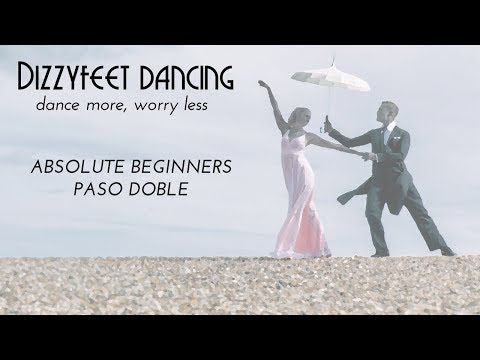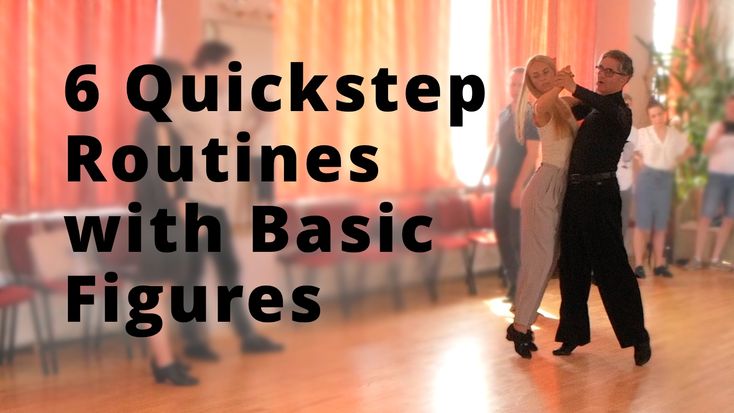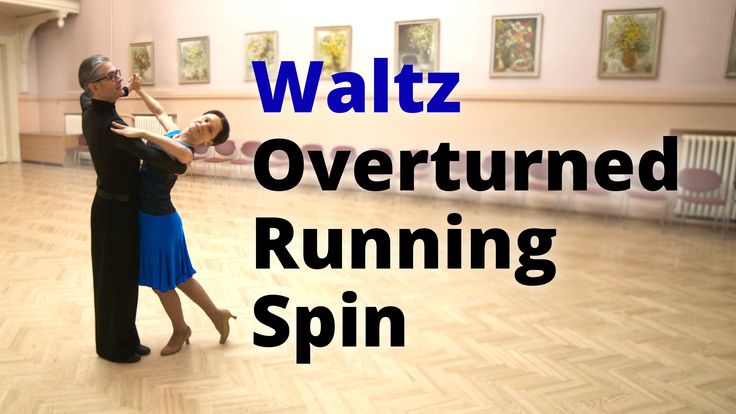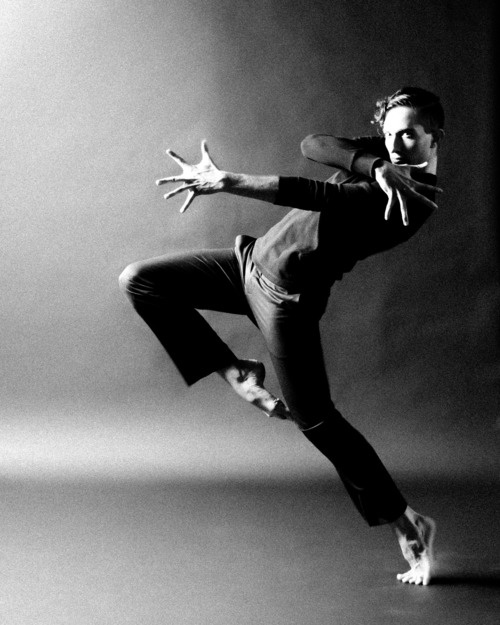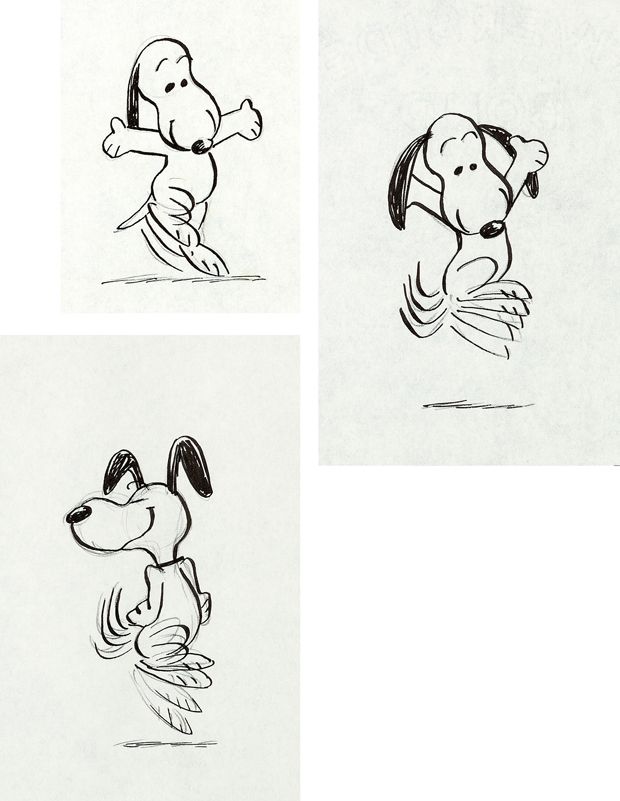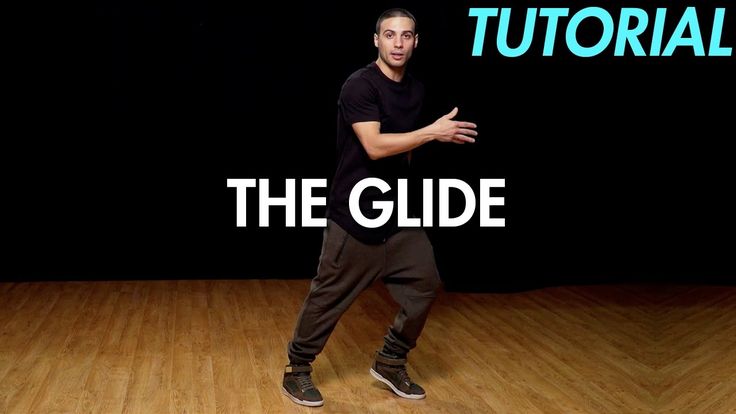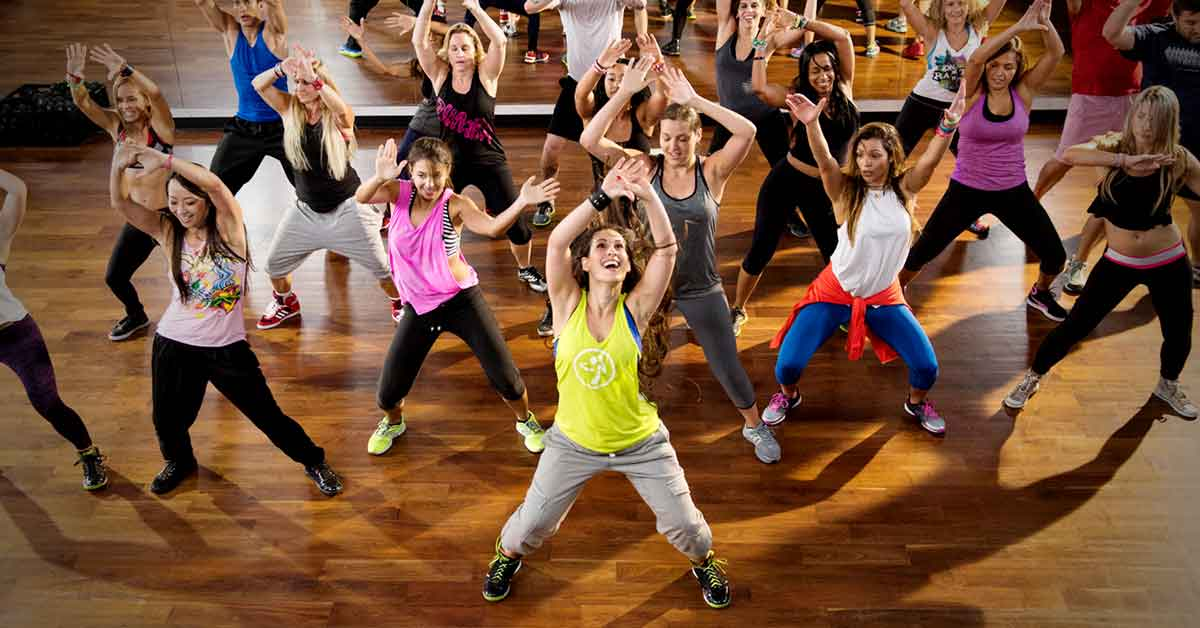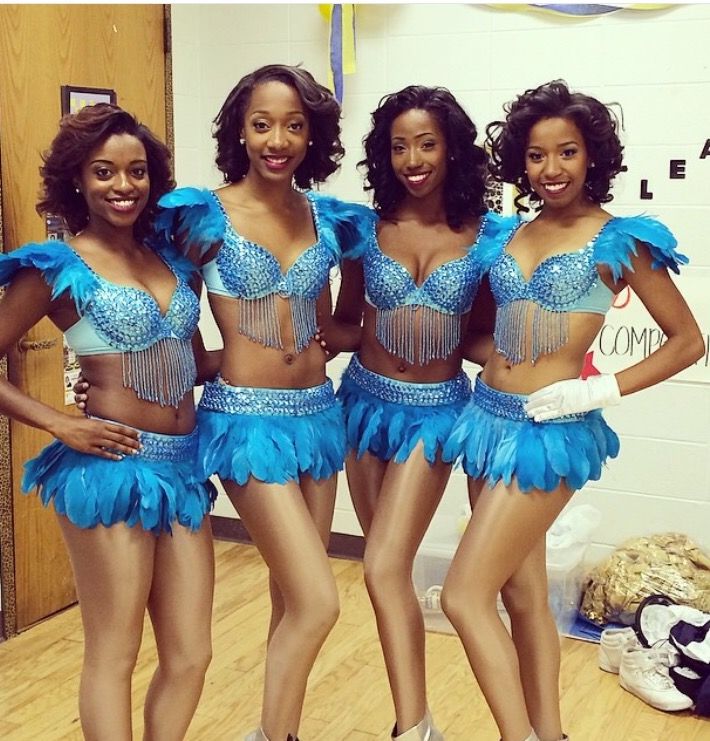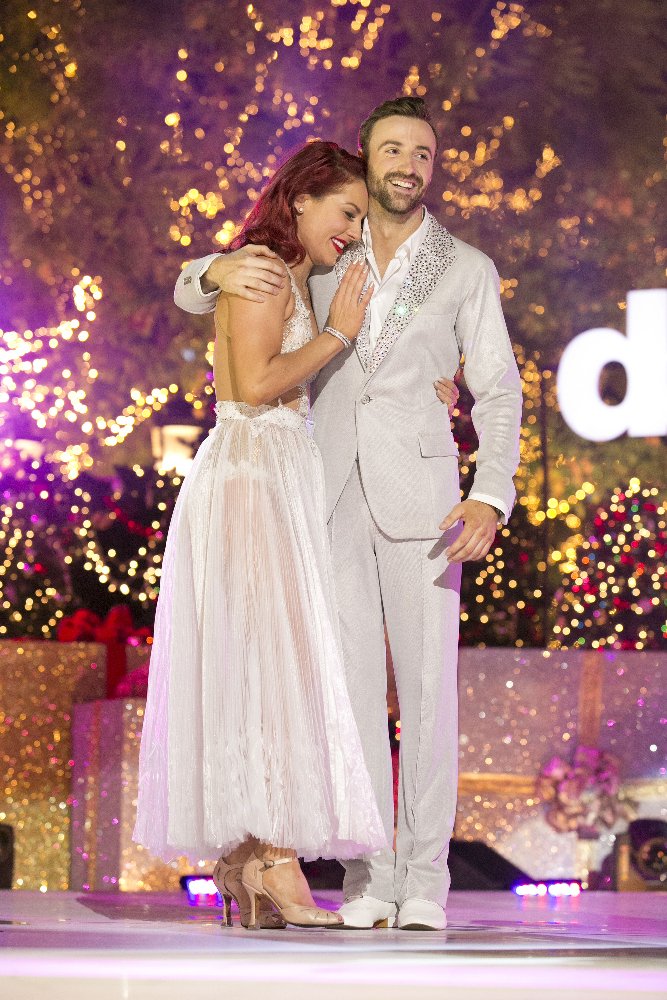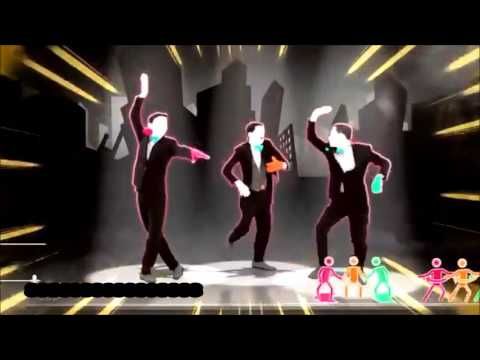How to dance quickstep for beginners
How to dance Quickstep | Palais de Danse
Quickstep is a modern dance, it can be called the “dance of joy”, because its main figures are quite simple, and the tempo of the music and the mood of the dance seems to be inviting to a carefree interpretation of its bright rhythm. Beginners will see how easy it is to learn its basic steps and how simply they fit the music. The advanced dancer will discover that the music lends itself to an infinite variety of steps.Quickstep dancers are energetic and fast while appearing extremely light on their feet. It should appear that the feet of the dancers barely touch the ground.
Learn more about Quickstep and Ballroom dancing.
- What is Ballroom Quickstep
- History of Ballroom Quickstep
- Training options to learn Ballroom Quickstep
- Course for Ballroom Quickstep at Palais de Danse
- Competitions
- Videos
What is Quickstep?
Quickstep is a modern dance, it can be called the “dance of joy”, because its main figures are quite simple, and the tempo of the music and the mood of the dance seems to be inviting to a carefree interpretation of its bright rhythm. Beginners will see how easy it is to learn its basic steps and how simply they fit the music.
The advanced dancer will discover that the music lends itself to an infinite variety of steps.
Quickstep dancers are energetic and fast while appearing extremely light on their feet. It should appear that the feet of the dancers barely touch the ground.
History of Quickstep:
The history of the Quickstep can be traced back to the 1920s, when the dance developed through the fusion of march, Foxtrot, Charleston, tap, and one-step. Initially regarded as a fast foxtrot, Quickstep later turned into a separate dance with its own style.
In the 1920s, many orchestras and jazz bands began to perform foxtrots at a fast pace, moving from the grand nineteenth century to the violent (raging) rhythm of the twentieth. Those who knew how to dance the foxtrot, at balls, were constantly dissatisfied with the fact that some movements could not be danced, and they had to invent new ones. Many popular newspapers at the time wrote about these problems.
Many popular newspapers at the time wrote about these problems.
In the program of dance evenings, to warn fans of the "real" foxtrot, they began to include dance called "quick-time-foxtrot", sometimes "quick-time-steps" and, finally, shortly - “quickstep”.
Training options for learning how to dance Quickstep
- Group dance lessons- (please, see our Group training schedule) or create your own Private group of friends, choose your own time and day.
- Private dance classes- one on one with the Instructor.
- Main Ballroom or separate cozy studio for private sessions and small groups.
Course Info:
There are the following Levels of dancing, defining proficiency levels, you can choose from based on your current dance skills:
- Beginner Tango class
- Bronze Tango class
- Silver Tango class
- Gold Tango class
- Scholarship Tango class
Each dance Level consists of different syllabus figures, which provide a training framework for the dancer.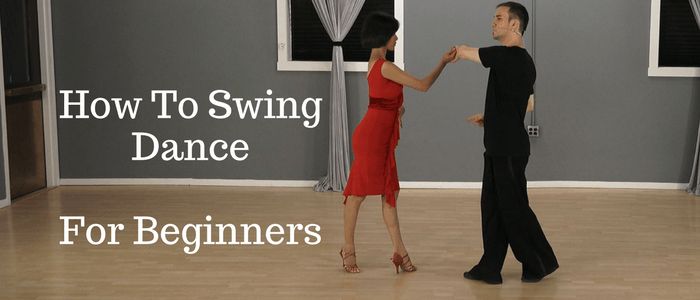 One does Bronze, then Silver, then Gold, and then the most advanced Level - Scholarship.
One does Bronze, then Silver, then Gold, and then the most advanced Level - Scholarship.
Your skill level as a dancer will increase the more you participate in training and practice the DanceSport.
Competitions for Quickstep and Ballroom dancing
You can simply enjoy dancing and get fit or take it to a higher level and take part in International and local UAE Dance Competitions.
You can participate with your dance partner or enter a dance competition with your instructor.
Instructors for Quickstep
All our Dance trainers are award winners in their home countries, specialists in 10 dances of International European dance program and other forms of Dance, will guide you through a variety of Dance styles and bring to the heights of the dancing skills.
- Mariia Proskurnina
- Anton Lenytskyi
- Vladyslav Kudin
- Olesia Bilous
To raise your dancing level to an even higher standard,- take part in dance workshops taught by top professionals in Ballroom dancing. At Palais de Danse dance studio you will have the opportunity to work with dance legends such as Nataliya Koliada, Stas Portanenko, Tony and Amanda Dokman.
At Palais de Danse dance studio you will have the opportunity to work with dance legends such as Nataliya Koliada, Stas Portanenko, Tony and Amanda Dokman.
Similar Posts | About Ballroom dancing
Dance classes for kids in Dubai, UAE
In dance classes, children develop grace and their own unique style. An ideal sport and recreational activity is a combination of art and sports.
learn more about ballroom dancing
read more
What type of dance is best for beginners?
Dance is the rhythmic movement of the body, usually in harmony with the music and in a limited space with the aim of expressing ideas or emotions, releasing energy, or simply enjoying the movement itself. Dance seems to be one of the oldest arts, and it is present in virtually every culture in the world. Dance motifs can be a ritual, ceremonial, liturgical, magical, theatrical, social, aesthetic…
learn more about ballroom dancing
read more
How to dance Slow Foxtrot
Some sources say Slow Foxtrot was named by a vaudeville performer Harry Fox in 1914.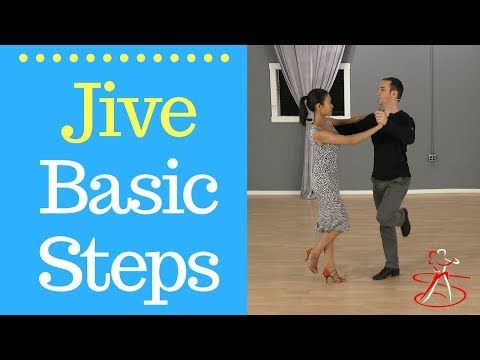 According to others, the name of the Foxtrot dance, which means “fox walk”, “fox’s trot” was given for a special style and manner of performance. Since only foxes supposedly have an unusual gait among animals when the legs are put in one line (next to the next).
According to others, the name of the Foxtrot dance, which means “fox walk”, “fox’s trot” was given for a special style and manner of performance. Since only foxes supposedly have an unusual gait among animals when the legs are put in one line (next to the next).
learn more about ballroom dancing
read more
How to dance the quickstep?
We use the same principle and the same abbreviations (as for disco/boogie) to describe also the basis of the most requested ballroom dance
Basic step beginners
|
timing |
partner |
|||
|
count |
tempo |
gentleman |
lady |
note |
|
1 |
S |
r f |
l h |
|
|
2 |
S |
l side |
r side |
|
|
3 |
Q |
r add (close) |
l add (close) |
|
|
3 ½ |
Q |
l side |
r side |
|
|
4 |
S |
r f |
l h |
|
|
5 |
S |
l side |
r side |
|
|
6 |
Q |
r add (close) |
l add (close) |
|
|
6 ½ |
Q |
l side |
r side |
|
The side- close-side movement is called a chassé.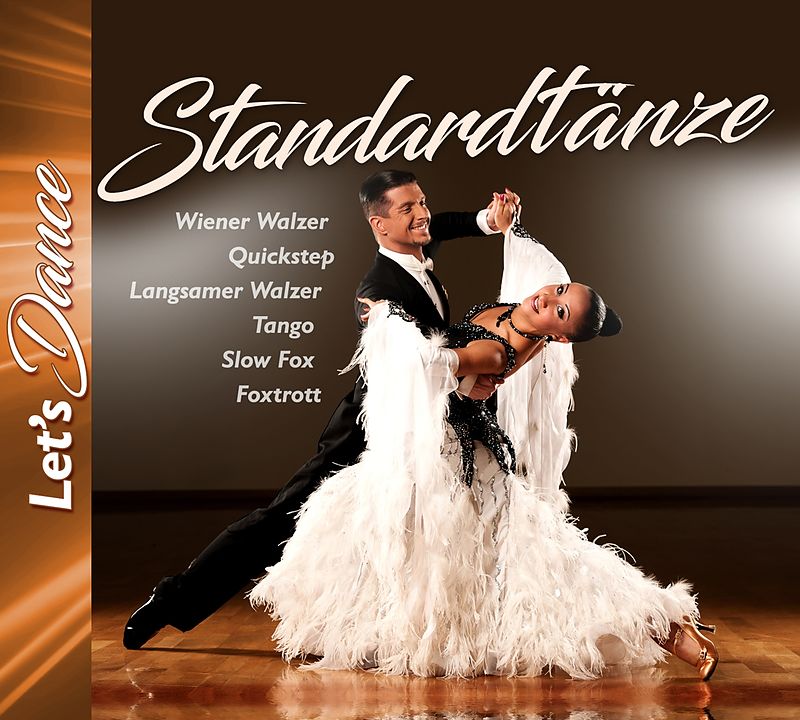
We dance around the floor, on the outer edge.
The man looks to the outside.
The lady looks to the center.
And both of them look slightly to the left, so away from each other.
We dance at the direction counter clockwise.
The first pass is to the outside of the floor.
You can mention the steps' in your head like:
"Out - side- close -side, inside - side- close -side."
With these basic steps you can dance all around the floor.
Important: Stay on the timing, hear the music, keep the right rhythm.
Search in our list of quicksteps for your favorite song (not too fast) to practice.
If your rhythm and the steps are correctly and fluently o, we can change from the entry-level configuration to a more flamboyant version.
Dance posture
We use a relaxed, casual ballroom attitude.
He puts his right hand under the left arm of the woman on the shoulder blade. She puts her left hand on his right shoulder.
He presented at eye level (of the smallest partner) his left hand, palm open.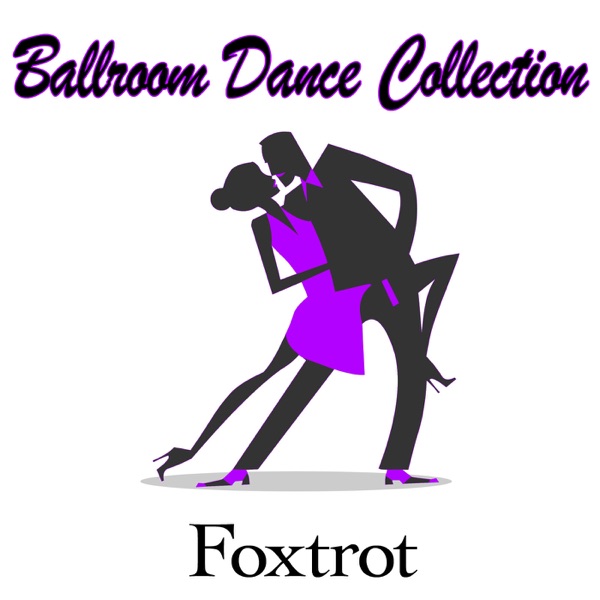 The lady persevered in her right hand.
The lady persevered in her right hand.
You are close to each other, basically against each other. The contact surface is from the navel, for the man right, for the lady left from the thigh to the navel. Try what you find comfortable. This contact surface allows the gentleman to steer the lady.
The upper bodies tend apart.
The lady looks to the left of the man, the man left of the lady.
The first pass the man puts between the feet of the lady. All his next steps forward, however (on count 1) he puts them next to the lady (to her right) in the dance. This makes you’re moving more around the floor.
Advanced basic step
The steps do not change. But the gentleman sill on steps 3 ½ and 4 swap his body slightly clockwise (looking at 1 hour), and at 6 ½ and 1 to the left (11h).
Of course the lady follows this movement.
This gives you a sort of zigzag pattern, and again, more speed and move around the floor.
2 and 3, and 5 and 6 you will do in the same direction as before: men straight out, women in, or rather somewhat in the dance direction.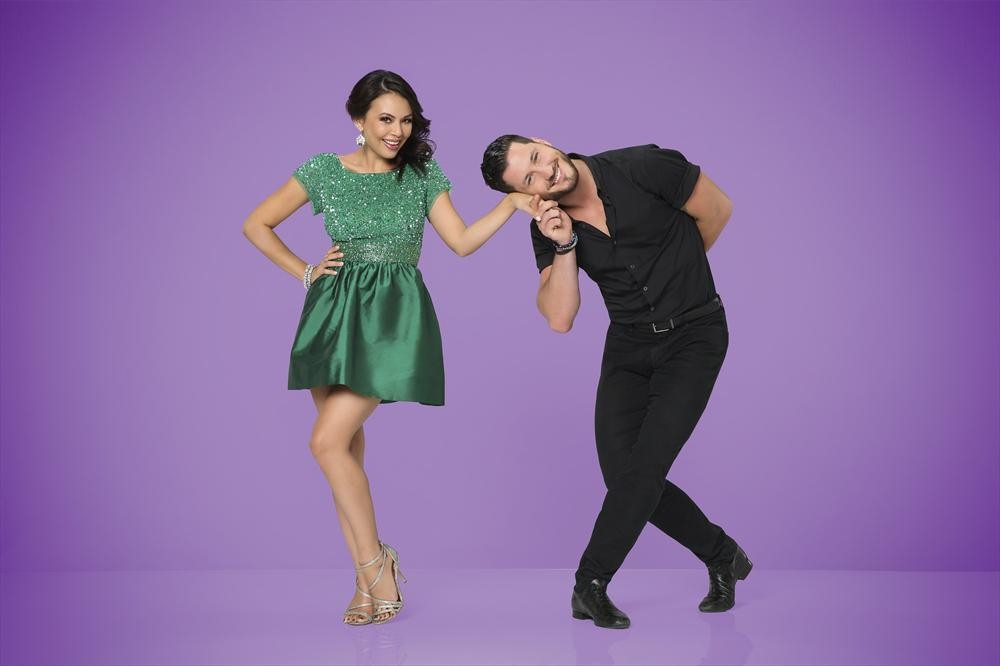
The steps forward and backward are slightly larger and deeper than the lateral.
The forward is over the heel.
The rapid lateral more on the ball of the foot.
As a result, you get an up and down waving movement: called ‘rise and fall’, or low and high.
Try not to skip and jump, just put your steps is enough.
Now you can smoothly move around the floor. But in order to bring in is some variation, we will take the bend in the corners in a different way.
Spin turn
|
timing |
partner |
|||
|
count |
tempo |
Gent |
Lady |
note |
|
1 |
S |
r f |
l h |
|
|
2 |
S |
l side |
r side |
|
|
3 |
Q |
r add (close) |
l r add (close |
|
|
3 ½ |
Q |
l h |
r f |
turning |
|
4 |
S |
r v |
l h |
balancing |
|
5 |
S |
l h |
r f |
|
|
6 |
S |
r h |
l f |
|
|
7 |
S |
l side |
r side |
|
|
8 |
Q |
r add (close |
l r add (close |
|
|
8 ½ |
Q |
l side |
r side |
|
The rotary movement is thus made by balancing while rotating back and forth on left and right foot.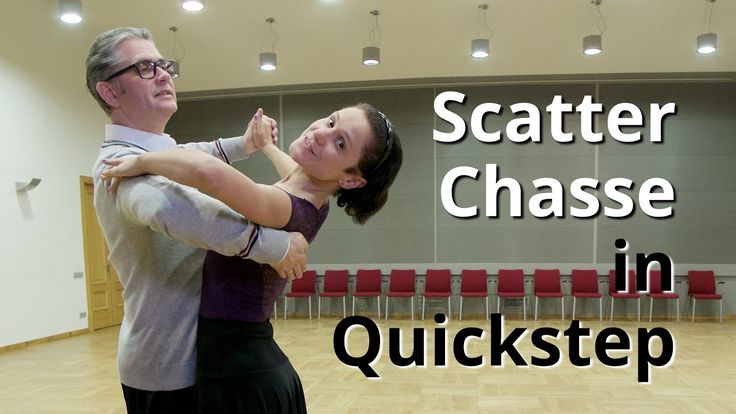
On count 3 he looks instead of at 1am so to 3h. Thus even know the lady what will follow. On the following two counts each time you turn around a quarter, so you will end again in the right dance direction, rotated 90 degrees relative to the initial direction.
And in the straights parts we do a short figure to alternate.
Lockstep
|
timing |
partner |
|||
|
count |
tempo |
man |
woman |
note |
|
6 |
Q |
l side 9u! |
r side |
man in dance direction. |
|
1 |
S |
r f |
l h |
|
|
2 |
S |
l f |
r h |
|
|
3 |
Q |
r lock |
l lock |
crossing in |
|
3 ½ |
Q |
l f |
r h |
|
|
4 |
S |
f |
l h |
(start basis) |
|
5 |
S |
l side |
r side |
|
|
6 |
Q |
r add (close) |
l add (close) |
|
|
6 ½ |
Q |
l side |
r side |
|
The figure starts with a basic step, in which the gentleman at the last count turn all the way in the line of dance direction (9 instead of 11 am), so that the lady feels that there will follow a lockstep.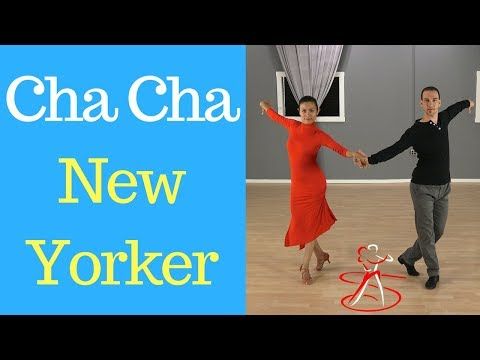 The following 4 steps also go in the same (dance) direction.
The following 4 steps also go in the same (dance) direction.
The connecting foot crosses in behind the ankle of the supporting leg, and then takes over the body weight so the other foot again is free to step further in the dance direction.
Additional variations.
Lockstep
You can instead of a lockstep take two lock steps in succession.
You can also lock step backwards instead of forwards (Man backwards in the dance direction, turn on count 4 of the basic step).
And you can combine both.
Turn
You can instead of making the turn in a corner do it on the straight side. You must then turn more than one quarter, but provided some practice this works well.
You can also let the turn precede and / or follow by a lockstep and / or variants thereof. Then it seems immediately a complete an different figure.
You do not learn to dance by reading (this).
You learn not to dance by looking at it,
You learn it just by doing it.
For those who know the dance the description is probably clearly. But otherwise?
But otherwise?
I sometimes wonder if there really is someone trying to learn how to dance through written instructions. And if that fails or works... Are you one of those? Let me know something?
How to learn to dance quickstep - Vsetantsi
Contents
- 1 Quickstep - learning to dance
- 2 Video:
- 3 History of Quickstep
- 4 Trying to count Quickstep.
- 5 History and nature of dance jayv
- 6 JIV for beginners for adults
Quickstep - Learning to dance
Video:
Kvikstepstvo dance
KVICSTOMS. lightness and mobility.
Quickstep is very rich in variations, its elements are considered the basis of standard dances.
Fast Foxtrot very effectively combines the game character of lightning-fast jumps, kicks, turns, tilts, poses and soft, “smooth” creeping plasticity of the dance couple's movement.
Its study is considered the "abc" of ballroom dancing.
Quickstep development history
Quickstep is the child of Slow Foxtrot. Quickstep was born under the following circumstances: musicians in the 20s of the last century began to play the Foxtrot faster and couples could not perform the traditional “pas” of the Slow Foxtrot at this pace.
Then the party entertainers, in order to avoid unnecessary indignation among the dancers, began to announce the Foxtrot at a fast pace as "Quickstep".
Dance began to acquire new elements, movements, gaining popularity. Quickstep absorbed jumps, kicks and other original dance moves - Shimmy, Charleston, Black Button.
And today the Quickstep is a dance of the European Ballroom Dancing program, performed at competitions, starting from the Hobby class. Time signature - 4/4, tempo - 50 beats per minute.
Quickstep trying to count.
Quickstep dance for 4 counts. Being a non-waltz form of dance, the Quickstep varies the movements of the "Slow" and "Fast" counts. The fast foxtrot is similar to the slow waltz in terms of lifting movements, so the emphasis is on beats 1 and 3 of the bar.
Video lesson "Quickstep training" will allow you to improve your dancing skills in this direction.
This dance has an incredibly lively rhythm that requires mobility and lightness from the performer. The quickstep is rich in variations, and its many elements are considered the basis for standard dances. Thanks to professional choreographers, you can easily learn how to dance a bright and incendiary quickstep.
Thanks to professional choreographers, you can easily learn how to dance a bright and incendiary quickstep.
Video lesson "Teaching Quickstep" is a wonderful guide that will introduce everyone to one of the most dynamic and fastest dances in the European program - quickstep. In this dance, there is no conflict of tango or romance of the waltz, everything here is quite carefree, fun and harmonious. Quickstep is a sparkling and lively dance that includes elements of jumps and jumps, which creates a beautiful spectacular picture.
Quick step dance - video training from which you will learn how to dance this dance correctly.
Regularly practicing with our video training, you will soon master all the dance techniques. Quick step is translated as a quick step, which means you will be required to have dynamics and a sense of rhythm. Do not worry, all this will come to you with experience!
Watch the training video "Quick step dance" Learn quickly and efficiently with our lessons!
Turning technique will be especially important.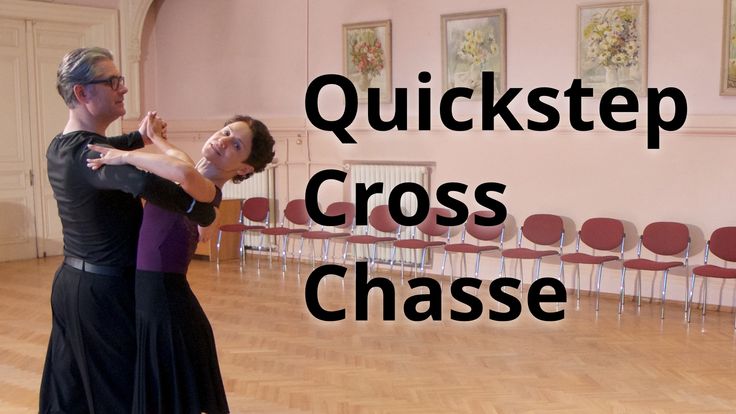 You will also be taught the correct movements. In order not to be constrained, our teachers will show you a couple of tricks for liberation, and it really helps!
You will also be taught the correct movements. In order not to be constrained, our teachers will show you a couple of tricks for liberation, and it really helps!
A wonderful video lesson "Quickstep - how to dance" will teach everyone the basics, from the first steps to complex techniques. Today quickstep is a very varied dance, many of its elements have become the main standard dances. The dance requires exceptional mobility and lightness from the dancer in order to match the very fast quickstep rhythm.
Quickstep training is a great way to learn how to dance from famous choreographers right at home. I will tell you step by step and show you all the movements so that you have time to repeat.
QuickstepQuickstep is a driving, light, “airy” dance that will not leave anyone indifferent.
Quickstep is a type of foxtrot. Dance originated in the United States in the 20s of the last century. In 1923, in the UK, the performance of the Paul Wightman Orchestra made a splash and completely changed the idea of Europeans about the running and popular movements of that time.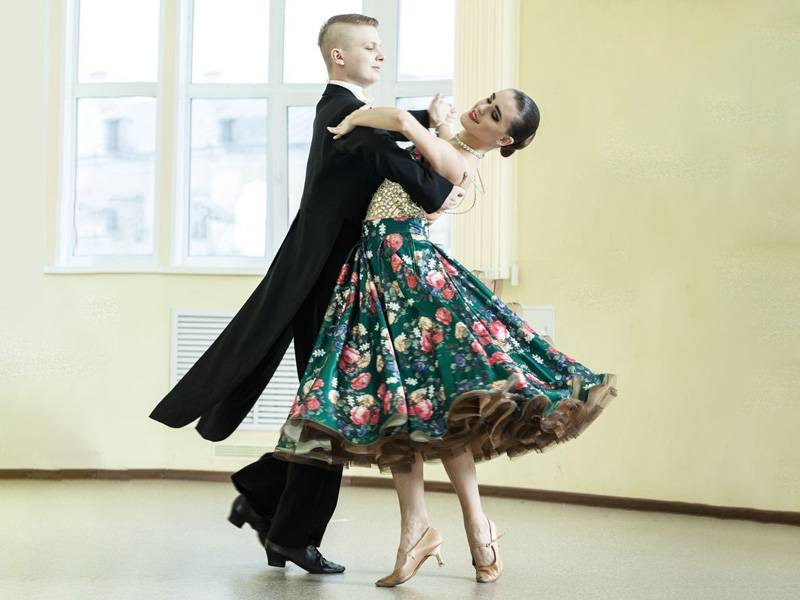 The quickstep replaced the foxtrot as a more active and dynamic substitute.
The quickstep replaced the foxtrot as a more active and dynamic substitute.
It is interesting that in the cultural institutions of Europe one could find information that the foxtrot is performed there at a dynamic, accelerated pace. The basis for the new dance direction was the modernized movements of the shimmy, Charleston, foxtrot and blackbottom. The main movements in the dance are highways, progressive steps, tipsy, kicks, turns.
Oddly enough, dance was considered forbidden in elite institutions for a long time, although it was immediately appreciated by dancers all over the world. Features of the dance steps Today, the movements generally accepted about a hundred years ago differ significantly compared to modern ones. For a whole century, the dance has been improved in every possible way, supplemented with new movements and a variety of musical accompaniment. They dance 200 beats per minute, jumps, turns, chasse remained unchanged.
There are a great many dance schools that include quickstep in their programs, since this type of dance has long become a classic.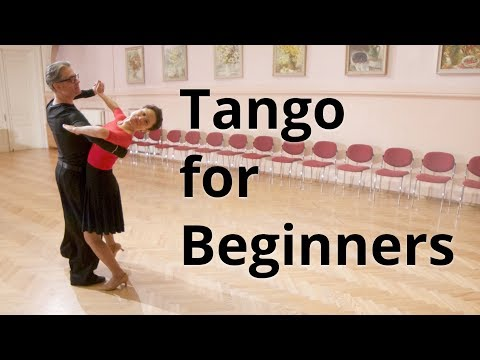 Everyone can master the art of quickstep without any problems, with great, sincere desire and certain efforts. At Casablanca dance school you can learn how to skillfully dance quickstep, experienced teachers will be able to make a worthy dancer out of anyone. You will acquire new knowledge in plasticity and movements, or you will bring the existing ones to perfection. Girls: It is recommended to come to class in dresses or a skirt, shoes.
Everyone can master the art of quickstep without any problems, with great, sincere desire and certain efforts. At Casablanca dance school you can learn how to skillfully dance quickstep, experienced teachers will be able to make a worthy dancer out of anyone. You will acquire new knowledge in plasticity and movements, or you will bring the existing ones to perfection. Girls: It is recommended to come to class in dresses or a skirt, shoes.
It is desirable that the shoes hold the foot. Men: Jeans or trousers, shoes preferably with leather soles or jazz shoes.
Quickstep lessons. Dance technique.
Quarter turn to the right
I.p. - partner facing, partner with her back diagonally to the wall, legs in the 6th p. , partner facing diagonally to the center.
Partner
Partner
When the partner performs a heel turn to the count of "M" step 2, the lady performs two quick "B" steps 2 and 3.
Quarter turns can be performed in series.
Natural (right) turn
Right turn can be used to overcome dance hall corners.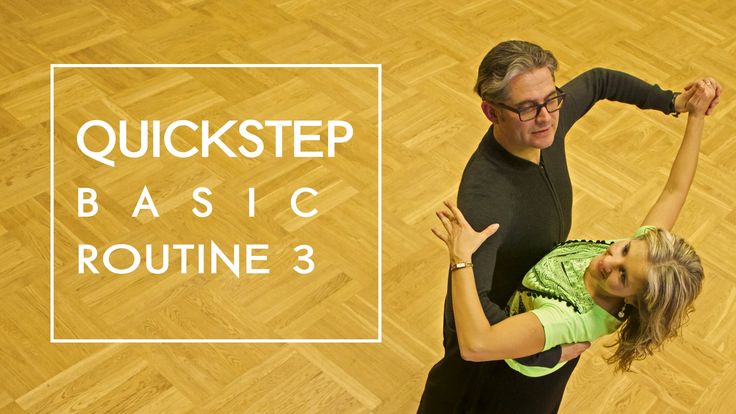 But a lot of dancers start their variations with the right turn.
But a lot of dancers start their variations with the right turn.
This figure consists of six steps in a gradual turn to the right and is divided into two halves.
Partner
The first half of
The second half
Partner
The first half
The second half
Right rotation (Hezitishna)
is a common variation of natural (right turn that can be performed closer to the beginning or middle of the wall of the wall of the wall and which goes well with the other patterns described on our website below
The first half of a right turn with a delay (hesitation) is performed similarly to the first three steps of a natural (right) turn.0003
Steps 1-3 follow the right turn steps 1-3 described.
Partner
Partner
This movement can be continued with a forward chasse to the right or a reverse (left) chasse-turn.
Jive
Jive is the most energetic and incendiary of all ballroom dances, fundamentally different in technique and character from others.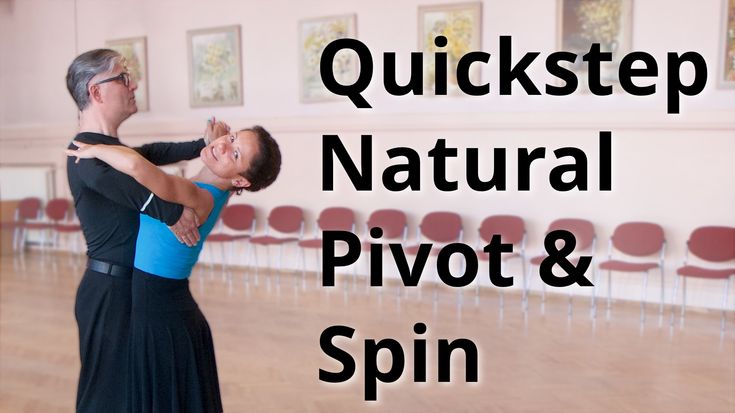 During the dance, partners constantly give maximum energy to each other, share with the audience the feeling of celebration, fun and carelessness.
During the dance, partners constantly give maximum energy to each other, share with the audience the feeling of celebration, fun and carelessness.
Jive moves include elements of rock and roll and jitterbug. The dance conquers with cheerfulness and incredible energy, mischief and slight mockery. In our dance school you can learn how to perform jive in the best rock and roll traditions.
History and character of jive dance
Jive originated in the late 19th century among African Americans in the North of America. Constantly changing and absorbing all the best dance traditions, jive was brought to Europe as a swing dance.
Jive movements include swing elements of active swinging of the body, step steps, inimitable boogie-woogie jumps. The pace of the dance is 44 beats per minute, all movements are performed quickly, easily and with genuine gaiety. A distinctive feature of jive is emotionality and contagious positive.
Jive for Beginners Adults
Jive requires a certain amount of physical preparation and a preliminary thorough warm-up to warm up the muscles.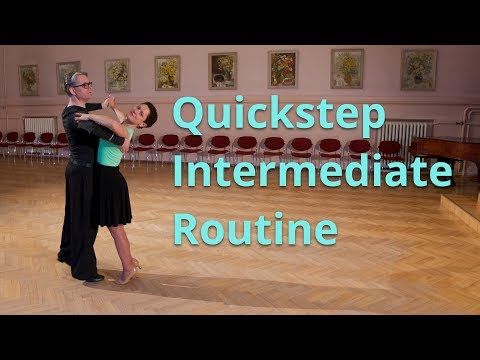 Due to the large number of jumps and throws, the jive was performed exclusively in competitions for a long time, but in its modern form it has become a popular dance and club option available to beginners.
Due to the large number of jumps and throws, the jive was performed exclusively in competitions for a long time, but in its modern form it has become a popular dance and club option available to beginners.
By learning jive, you can always be in excellent physical shape, learn to relax, get distracted from pressing problems and get a powerful charge of exceptionally positive emotions, because jive captures partners completely and irrevocably. Contact our club, and we will be happy to teach you the audacity, looseness and incendiary jive.
Sources:
http://mirtancev.ru/uroki-kvikstepa-texnika-tanca-chast-pervaya.html
https://labocadance.ru/destinations/ballroom/dzhajv/
https://www.vestadance.ru/dance-ballroom-quickstep.html
http://video-dance.ru/balnie/quickstep/
http://casa.dance/kvikstep/
list of allowed figures sorted by class References:
Quikstep, E-class
| NO P/p | English name | Russian name | Guoward, Artis 2003 | ||
| LEARTER | 9020 | ||||
2.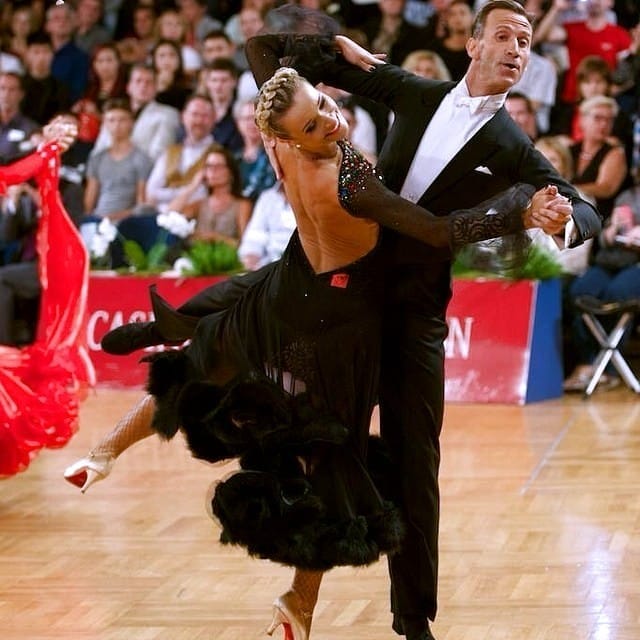 | Quarter Turn to Left (Heel Pivot) | Quarter Turn to Left (Heel Pivot) | Howard | ||
| Hall Corner Right Turn (Right Turn) | Howard | ||||
| 4. | Natural Turn (as amended [4]) (see note) ]) | ||||
| 5. | Natural Pivot Turn | Right beer rotation | HOWARD | ||
| NATUral PIVOT [4] ( NATURAL PIVOT [4]0635 (as amended [4], see Note) | rotary Lock to the right (in the editorial office [4]) | ||||
| 54. | Curved Feather | Curled feather | 9021 .Curved Feather from PP | Curled feather from PP | |
| 56. | Natural FALLAWAY TURN [4] | |
